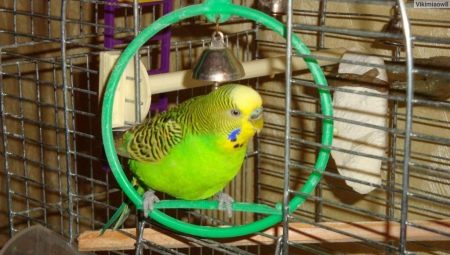Budgerigars are often brought up as pets, and they are as popular as cats and dogs. These birds are attractive not only for their colorful bright plumage, but also for their quick wit and ability to imitate different sounds and human voices. But for a feathered pet to feel comfortable, he needs proper care.
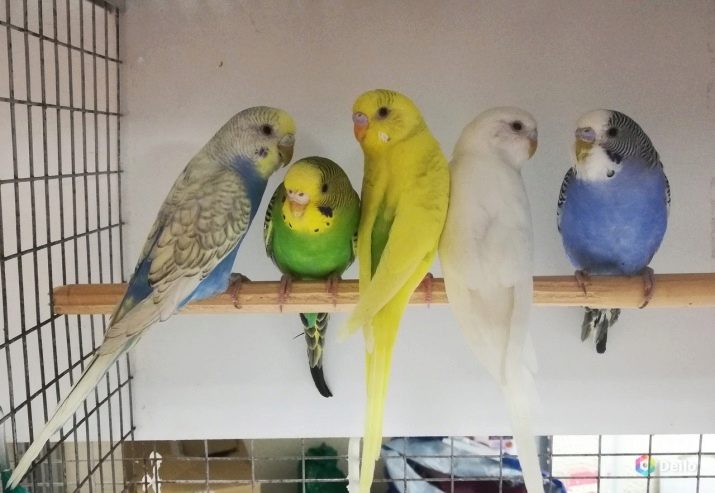
Care Rules
Any pet, including a budgie, requires a responsible and caring attitude and care. The activity and health of a feathered pet depends on how care, nutrition and conditions are organized. Before purchasing this bird, you need to clearly understand what additional worries and inconveniences may arise from its owner.
Budgerigars are early birds, and with awakening they chirp loudly and loudly. This can wake their owners prematurely. They have the ability to scatter husk from food and their feathers not only in the cage, but also around it and even on the floor. Therefore, additional daily cleaning is required.

In budgerigars, the sensitivity of the respiratory tract to various odors is very developed. Do not use strongly smelling substances (perfumes, aerosols, air fresheners), as well as smoke where pets are kept, as such odors can cause illness in them.
Caring for budgies is not so difficult. The main thing is that care is permanent. There is practically no difference in the care of a male and a female budgerigars. Only a boy can be taught to speak, provided that he is alone.
You cannot teach this to couples living in parrots, but in this case the offspring may appear in the females, then there will be a need to arrange a special place (house) where the female will hatch the chicks.
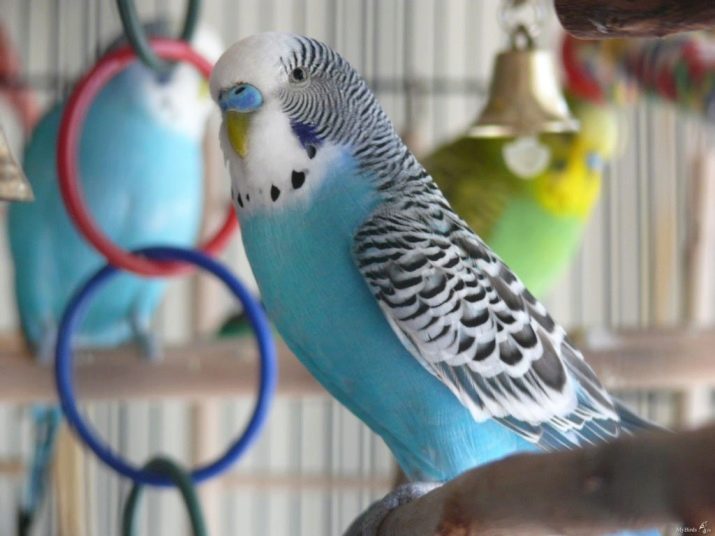
Care for budgies is as follows.
- Cleaning the cage. One of the health conditions of a parrot is the cleanliness of its cage and all the accessories in it. Litter, feathers and litter from feed must not accumulate on the pallet for several days.
- Proper nutrition. A parrot needs a full, varied and regular diet. Food and water need to be changed daily.
- Health care. It is necessary to carefully monitor the behavior and condition of the feathered pet. It is advisable that there is a first-aid kit at home with drugs for emergency care, as well as information about veterinary clinics (phone number, address). At any change in the behavior of the bird or in the state of its plumage, it is necessary to consult a veterinarian.
- Flying around the room. They must be provided to the parrot as often as possible, preferably every day.
- Compliance with a regimen of full periods of sleep and wakefulness. Parrots need a good night's rest. If he does not sleep enough, he has a decrease in immunity and increased nervousness, stress occurs, which can lead to illness.
- The parrot must get used to the mode and rhythm of the life of the family where he lives, and then nothing will disturb his sleep and rest. But if vigorous activity continues in the room where it is kept until late in the evening, then the cage needs to be covered with a dense opaque cloth that does not allow light and sounds to pass through. This will give the bird the opportunity to calm down and fall asleep. You can not hide the cage at night, if the room is dimmed by dim light - it will not interfere with the pet's sound sleep.
- Communication with birds. It is also an important component of the care of budgies, because they are very sociable and require attention of birds. The owner must communicate a lot with the pet: talk and play with him, especially if the bird lives alone. The more the owner communicates with the feathered, the more smart, sociable and cheerful the parrot will be.
- If you need to leave, you can leave the bird in an empty apartment for a short period of time - up to five days. With a longer absence, you need to provide yourself a replacement so as not to leave the pet without care and attention. But it is desirable that neighbors or relatives come to take care of the parrot, and not give it to an unfamiliar environment, as this can cause psychological damage to the bird.
- Organization of leisure time for birds. Parrots are very active and mobile birds. In conditions of cellular content, they need to provide the ability to move and play. To do this, there are special toys that not only entertain birds, but also contribute to the development of its quick wit and communication skills.
- Useful to parrots and water treatments. In hot weather, you need to put special bathtubs in the cages for swimming, so that the parrot can refresh itself.
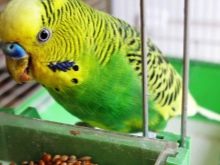
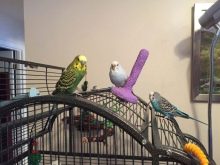
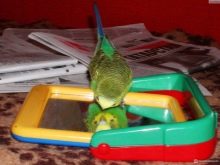
In addition, the pet must be safe. Therefore, it is important to exclude the possibility of dangerous situations during flight.
- Open windows, windows and entrance doors - a parrot can fly out into the street, get lost and not return.
- Open glass surfaces, doors of the freezer, washing machine - a bird may accidentally stumble upon them from them, hit and be injured.
- Electric wires are dangerous because a bird that has damaged the insulation of the wire can be shocked.
- Abandoned burning cigarette - the pet may get burned or poisoned if, out of curiosity, it decides to taste it.
- Some houseplants are poisonous to parrots. These are lily and digitalis, daffodil and rhubarb, dieffenbachia and amaryllis. Pecking such plants, they can poison and die.
- Open containers with water (bath, aquarium) where the parrot can fall and drown.
- Newspapers - they cannot be used for bedding in a pallet, since lead can cause poisoning of the bird.

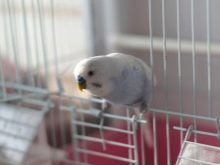

How long does the adaptation take?
Having decided to have a budgie, you need to responsibly approach his choice. It is usually recommended to purchase a bird of 3-4 months of age. Young chicks adapt faster and easier. You can distinguish a boy from a girl, and also determine the age, by wax.
The waxen of young males is colored in purple, and in females - in blue with white stripes around the nostrils. In an adult parrot, it has a deep blue hue, and in a female, it is brown or beige.
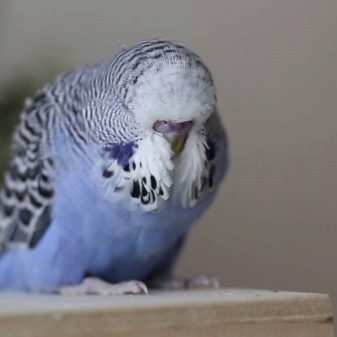
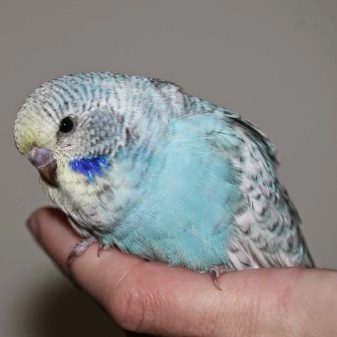
It is also important to choose a healthy bird. In a healthy parrot, the feathers are smooth with shine, eyes are vibrant and shiny. He is mobile, active, reacts to the external environment.
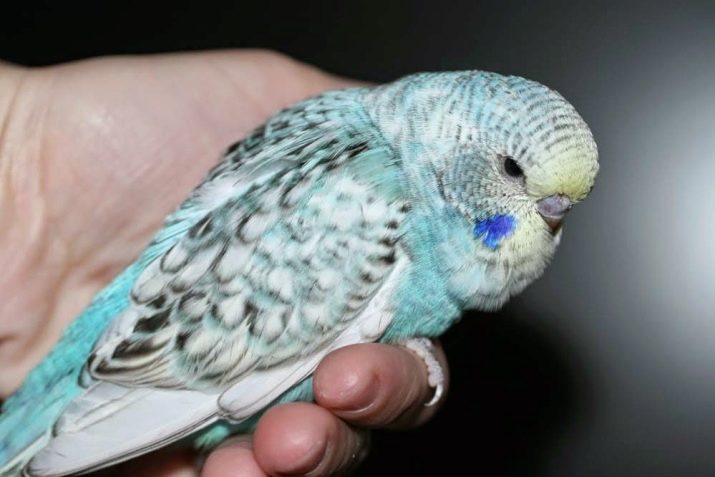
Before buying a parrot, you need to prepare everything at home for a new tenant. He should be waiting for a cage, a feeder with grain, a drinking bowl with water, as well as toys. For one parrot you can hang a mirror. If the birds live in pairs, then a mirror is not necessary, as they will communicate with each other.
Usually, adaptation is a rather lengthy process; it can take from 1 week to 1 month.
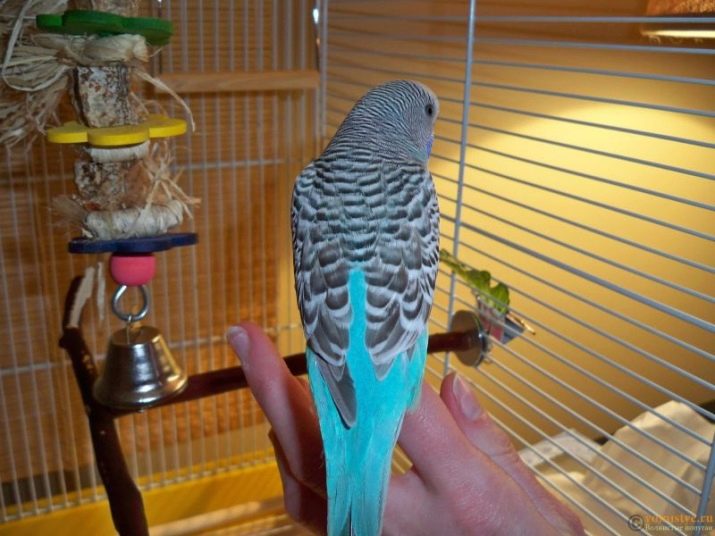
Since changing the habitat is stress for budgies, you need to create the conditions for adaptation to be as comfortable and quick as possible.
- First of all, the bird should move from a portable cell to a permanent cellbut so that it does not fly out into the room. Such a flight can aggravate the stressful state of the bird. Such a situation may subsequently negatively affect the process of her taming.
- After the parrot is in the cage, you need to leave him alone and not disturb. He must get acquainted with the new home, get comfortable and get used to it. At this time, he can refuse food and water, sit motionless on a perch or rush about in a cage.
- The addiction lasts some time, and it may even take several days before the pet begins to peck the food and drink water. Usually at first the bird does this sneaking and most often in the absence of the owner and household, or when they do not pay attention to it. Stress can be accompanied by a mild digestion, which soon ceases. To avoid this, it is recommended at first not to change the feed and feed it with the grain mixture that it used to eat.
- During the adaptation period, especially in the first days after the move, the pet should be treated with patience and, if possible, not to disturb him often. No need to talk loudly with the bird or attract its attention with toys. That might scare her even more. It is permissible to speak only in a quiet, soft and gentle voice. You can’t try to touch the pet or stroke it during this period.
- The parrot must be sure of its safety. It is better to put a cage with a bird against the wall. This makes her feel safe. You can also cover one side of the cell with light tissue. The parrot will have shelter, where he can hide in case of anxiety and anxiety.
- The cage should not be accessible to other pets (especially to cats) and it is advisable to temporarily prevent small children from coming to the parrot.
- During pet care you need to behave very calmly, without making unexpected movements, without slamming the door. Hands can only be in the cage when cleaning. At the same time you need to talk with the pet, call him by name. He needs to be given a name as quickly as possible and repeated as often as possible. As a result of such everyday actions, the parrot will gradually get used to the presence of the owner, and his behavior will become calm and trusting.
- The atmosphere in the room where the bird is located should also be calm: loud music, screams and other sounds should not sound. And only after the parrot adapts and gets used to the environment and the owner, you can turn on the TV, computer, radio.
- During the addiction you can’t let the bird fly. Not accustomed to an unknown environment, she can easily be scared and injured.
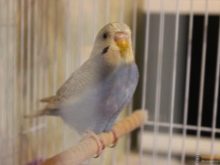
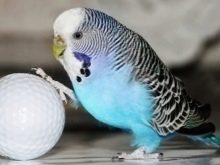
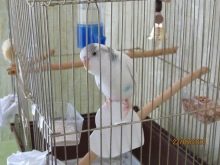
The addiction process ends when the pet begins to eat well, become actively interested in toys and twitter loudly.
During adaptation, parrot owners often make such mistakes.
- From the first hours of their stay in a new place, they give their pet increased attention, which manifests itself in a loud and constant conversation with him, they are always around the cage and try to stroke or even take the bird in their hands. Doing this is strictly prohibited. The bird must be left alone.
- The owner often changes the location of the cell, transfers from one place to another or to another room. During adaptation, the parrot surveys the room, remembers the objects in it, their location. This will help the bird make its first flight. The constant change of scenery only disorients the bird.
- Owners try to feed the pet through the twigs of the cage or even from the hand. You don’t need to do this during this period. The bird is tamed to such feeding gradually and only after it completely adapts.
- The biggest mistake is that the owner releases the bird on the very first day. This can result in serious injury.
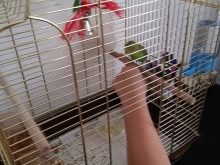
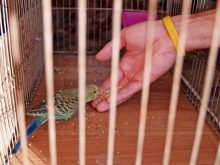
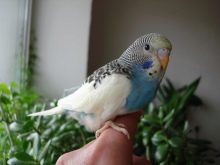
At the end of the adaptation period, you can proceed to further taming the parrot. This is a fairly lengthy process that requires the owner to be patient, persistent and consistent in the pet's exercise.
The necessary conditions
Not only good care, but also the proper maintenance of a parrot at home is of great importance for his health and long life. He needs to create certain conditions, which include factors such as temperature, humidity, and lighting.
Humidity of air where the bird is kept should be in the range of 60-70%. The increased dryness of the air negatively affects her health. To increase humidity, you need to put in the cage a bath for bathing or another container with water.
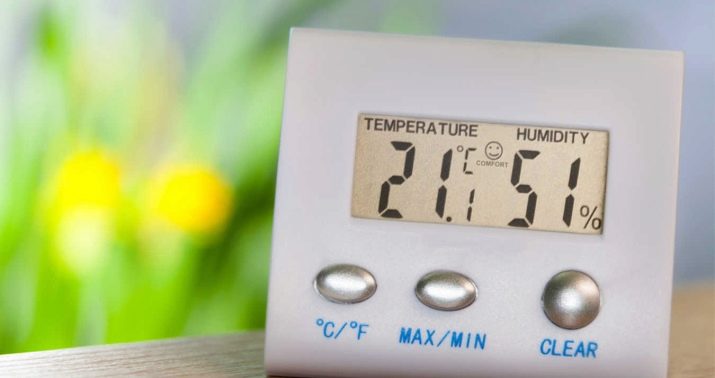
Parrots love heat. The most optimal temperature for them is approximately + 22-25 degrees. At lower temperatures, they require additional heating, especially in winter. You can use a conventional heater, but you can not put it near the cage. It should not be placed near the heating battery.
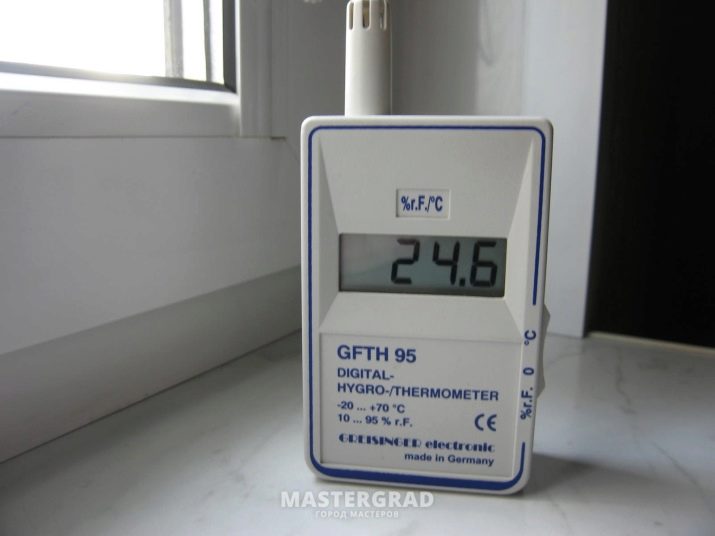
Too high a temperature is also harmful to parrots. If the pet overheats, then it lifts its wings, stretches its neck and opens its beak. In this case, it must be placed in a cooler place. Poultry and temperature spikes are poorly tolerated. It is also unacceptable to place the cage in a draft.
Lighting is an important factor in the normal functioning of parrots. This is not only the light mode of the natural change of day and night hours, but also the intensity of lighting in the room. With a lack of light, they experience depression, disturbances in the endocrine system and changes in behavior (they pluck their feathers for no reason).
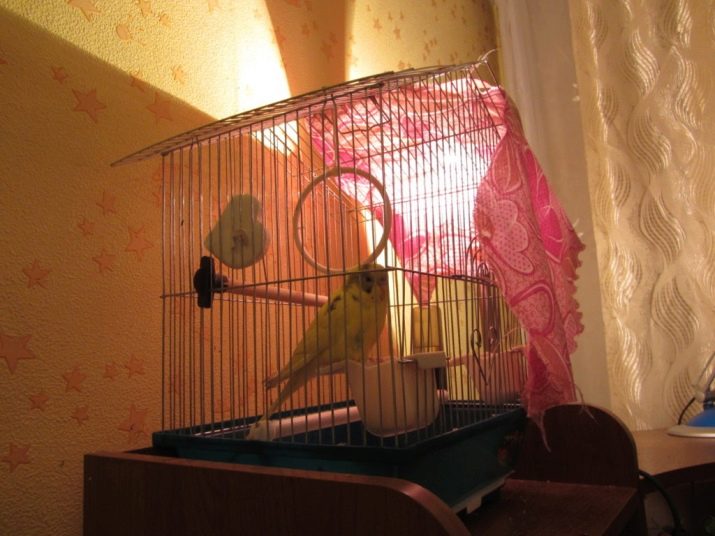
But at the same time, night hours are necessary for a full sleep and rest of the bird. Due to insufficient rest, her immunity worsens, nervousness and even stress appear.
The necessary optimal daylight hours in the spring-summer period should be approximately 12-14 hours, and in the autumn-winter period - 10-12 hours. In the winter, artificial light is used to maintain daylight hours using an Arcadia lamp or the like.
On warm days and in summer, the bird cage can be taken out onto the street (onto the balcony). Fresh air and natural sunlight are very beneficial for her, but provided that direct sunlight does not fall on the cell. To do this, you can cover one side of the cell with a thin cloth.

Home
Since the parrots spend their whole life (with the exception of flight time) in a cage, it must meet the requirements of comfort, where the birds will feel comfortable.Budgerigars need expanse, so it is recommended to purchase a spacious cage.
For one pet, a cage with a length of 40 cm and a width of 30 cm is suitable, for a couple, a more spacious cage with a width of 65 cm and a length of 55 cm is required. An enclosure is recommended for keeping several parrots.
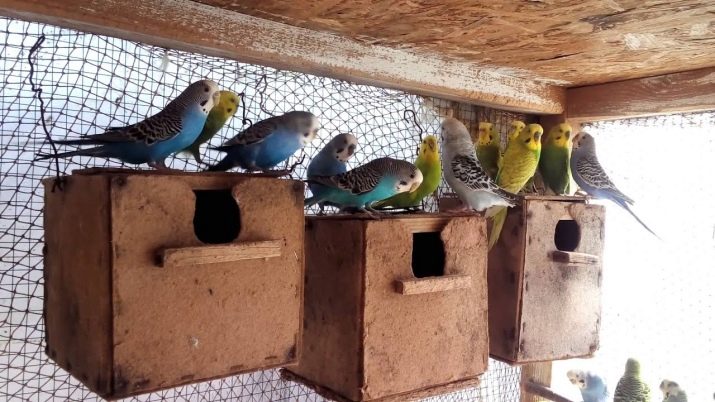
It is desirable that the shape of the cage be rectangular with the top in the form of a dome. In such a cage, it will be more convenient for a bird to climb, clinging with its paws and beak to the bars.
The floor in the cage should be made of hard wood, metal or plastic, and the bars of the lattice made of metal (only not copper). The density of the lattice should be such that a curious bird could not stick its head between the bars. The gaps between them should be within 1.5-2 cm.
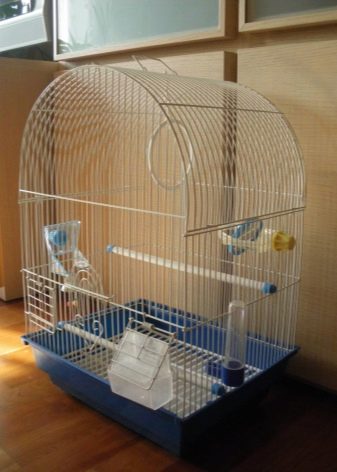
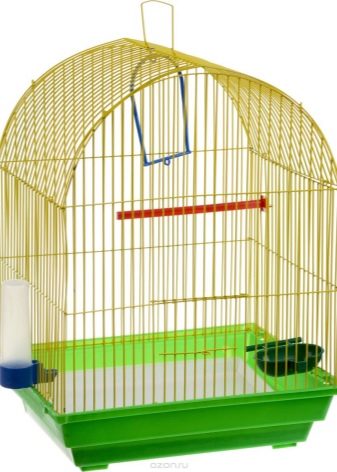
It is optimal to have three feeders in a cage: for a solid grain mixture, for a soft feed and for feeding with minerals (eggshell, sand, charcoal). A drinker and bath for bathing are also needed.
For convenience, birds are placed in a cage with poles, which are placed at a certain distance from the walls and so that the litter does not fall into the feeders and the drinker. The poles can be from oak, birch, maple (for sitting), from willow (with healing properties) and from apple, cherry, mountain ash (as a source of vitamins contained in the bark). Coniferous trees cannot be used.
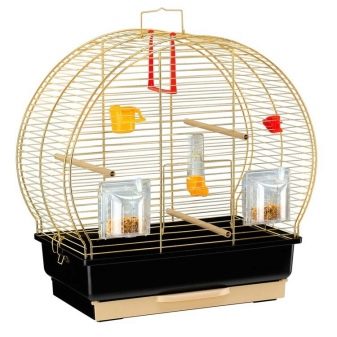

Before placing the perches in a cage, they need to be doused with boiling water or heat treated (warm in the oven). This is done to destroy parasites that may be located under the bark.
To ensure the activity of the pet is placed in a cage swing, ladders, bell, put pebbles and toys at the bottom.

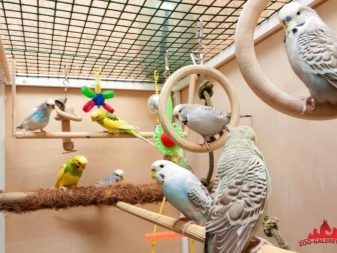
Food
Proper and balanced nutrition, containing all the necessary useful elements - the key to health, activity and longevity of parrots. The basis of the feed are various cereal mixtures in which multi-colored millet makes up the bulk. Mixtures also include peeled oats, sunflower seeds, canary seed and other meadow herbs.

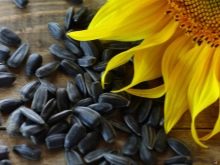
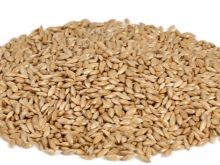
Most often, budgerigar owners use ready-made balanced cereal mixtures. Some of them have various additives in the form of dried fruits, vegetables and algae. In addition to cereals in the diet, the pet needs to include such products.
- Fresh greens - lettuce leaves, dill, "salad" from the leaves of plantain, dandelion and clover. In winter, greens are replaced by sprouted cereals (oats).
- Fresh fruit, vegetable, berry supplements. Budgerigars are very fond of carrots, beets and radishes, cucumbers and cabbage, tomatoes, squash and pumpkin. Fruit supplements should consist of apples, bananas, peaches, kiwi, strawberries.
- Mineral supplements - crushed eggshell, chalk and sepia, which can be bought at a specialty store.
- Soft food - it is useful to give the birds a mixture of cottage cheese with boiled eggs, various cereals boiled in water without salt: rice, buckwheat, wheat.



It is recommended to feed your pets with a grain mixture once a day. The daily norm is 2-2.5 teaspoons. If the bird, having eaten all the food, is not saturated and tweeted indignantly, you can add another half tablespoon of food, or feed twice a day, dividing the norm into 2 parts.
The water in the drinker should always be fresh. In winter, you can add a little lemon juice (for 150 g of water 15 drops of juice), as a source of vitamin C.
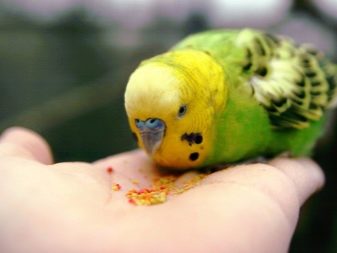

Hygiene
In order not to cause various infections, it is necessary to keep the parrot's house clean. The cage, all accessories and toys must be cleaned once a week. For washing, warm water is used without adding any cleaning agents. Allowed only the use of drinking soda in a small amount, after which everything is well washed with water.
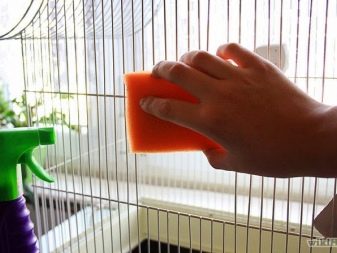
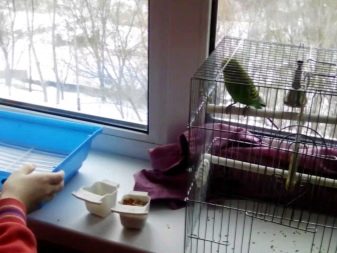
You can use a brush (for example, a toothbrush). After washing, the cage and accessories are wiped dry. Feeding troughs, a drinking bowl and the pallet need to be washed every day. When cleaning is finished, clean paper can be laid on the pallet. Daily cleaning will keep not only the cage clean, but also the space around it.
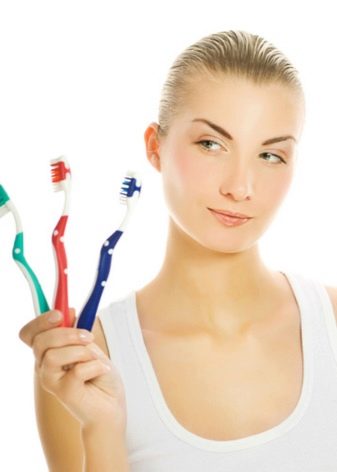
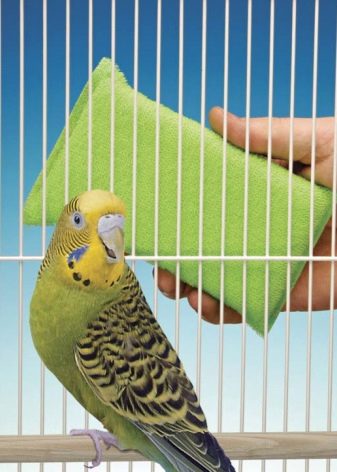
Is it possible to let out of the cage?
Flying is a natural vital necessity for a bird. It is necessary to release a parrot into free flight, since flying, it develops psychologically. It is advisable to release it daily from the cage. The duration of flights should be at least an hour.
But before you release it, you need to make sure that the flight is safe: are windows, doors closed, are there no water tanks, and if there are cats or dogs in the house, they must be isolated.
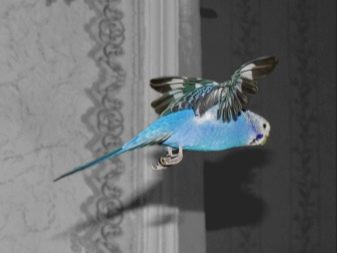
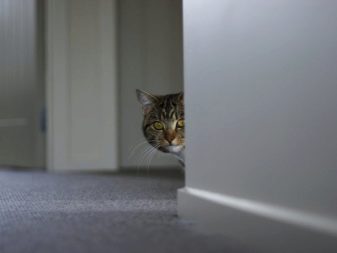
On how to care for budgies, see the video below.
